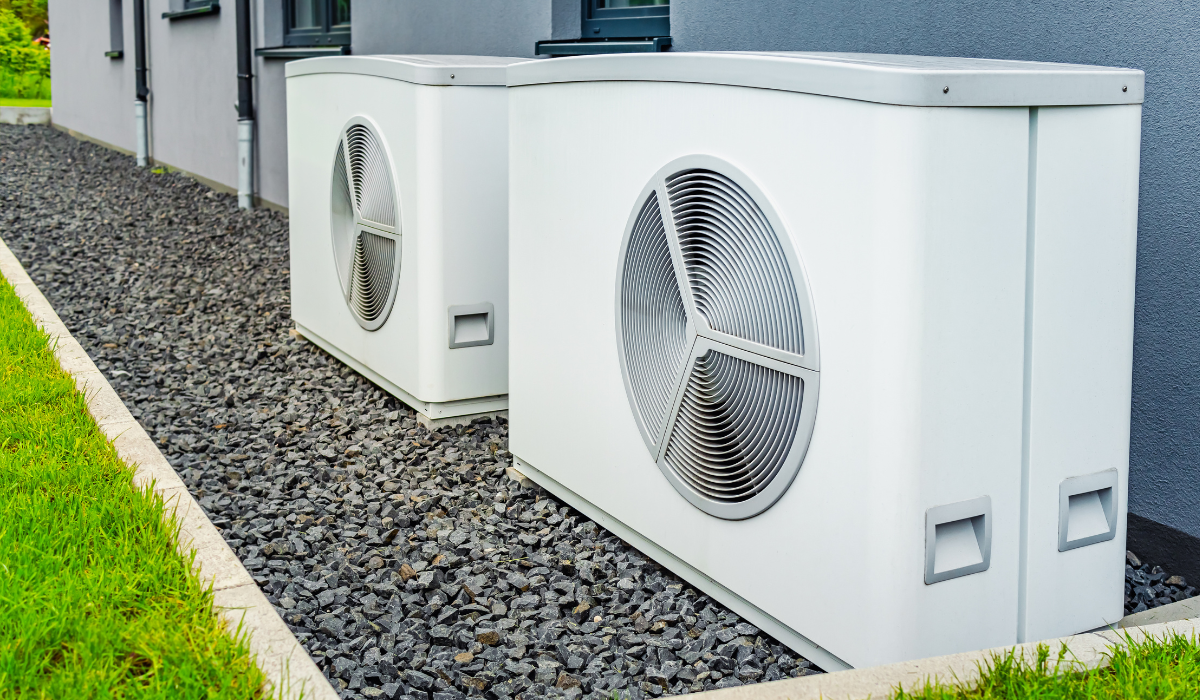
©brebcaphotos via Canva.com
9 US States To Adopt Electric Heat Pumps by 2040
February 7, 2024
In the face of global warming, nine American states are joining hands to champion the use of electric heat pumps. With an ambitious goal of converting 90% of residential heating, air conditioning, and water heating sales to heat pump technology by 2040, these states aim to drastically reduce carbon emissions.
The Northeast States for Coordinated Air Use Management (NESCAUM) is leading the charge with California, Colorado, Maine, Maryland, Massachusetts, New Jersey, New York, Oregon, and Rhode Island on board. Though there’s no specific funding tied to the deal, it’s certainly a considerable step toward a healthier planet.
The short-term goal is set at 65% conversion by 2030, in alignment with the U.S. Climate Alliance’s goal from last fall. The Alliance, consisting of 25 state governors, aims to quadruple heat pump installations to 20 million by 2030.
Homes in the East Coast states contribute significantly to greenhouse gases, mainly due to long cold weather seasons that necessitate heating and a reliance on oil and gas for home heat. Conversely, states in the West have less residential emissions.
NESCAUM, in a recent statement, underscored the harm caused by air pollution from burning fossil fuels, pointing out that homes are often overlooked sources of emissions. States are being urged to act swiftly and replace traditional HVAC units and water heating systems with heat pumps to fend off the disruptive impacts of climate change.
The Building Decarbonization Coalition sees this move as a clear market signal that heat pumps are the future of home climate control. Manufacturers who have been yearning for a long-term plan can now make significant investments, knowing the direction the market is heading.
The agreement compels participating states to work together on gathering market data, tracking progress, and developing an action plan within a year to support residential building electrification.
In Maine, where the move to heat pumps is already underway, the consolidation of industry data will aid in aligning state metrics and prevent further reporting requirements.
The states’ action plan will focus on workforce development, managing supply chain constraints, and ensuring that the heat pump market continues to grow. Under the agreement, states will issue yearly reports on their progress, with a planned review in 2028 for any necessary adjustments.
Apart from the necessary technical details, the agreement also focuses on ensuring the transition is inclusive. The participating states have pledged to allocate at least 40% of energy efficiency and electrification investments toward communities that are either burdened with excessive energy costs or are disproportionately affected by pollution.
Working together, these states are committed to advancing policies and programs that suit their individual needs while pursuing the collective goal. Part of this collaboration might involve learning and building on other states’ strategies.
The commitment to a long-term, specific action plan by these nine states marks a significant stride in the fight against global warming. Notwithstanding the challenges that lie ahead, the benefits of this initiative are far-reaching, promising a healthier environment and economic upliftment for disadvantaged communities.
Recent News
Trump Embraces Cryptocurrency to Mixed Responses
Former President Donald Trump’s recent embrace of the cryptocurrency market has stirred both excitement and skepticism within the industry.
Bumble Is Sorry for Ads That Mock Celibacy
The dating app is in hot water for its newest ad campaign.
Pizza Hut Introduces Cheeseburger Melt
Pizza Hut, renowned for its delectable pizzas, is now venturing into new culinary territory with the introduction of the Cheeseburger Melt.
Delta Air Lines Plane Catches Fire in Seattle
Recently, a scary video emerged online, capturing the terrifying moment for all involved as a Delta Air Lines plane burst into flames upon landing at Seattle-Tacoma International Airport.

